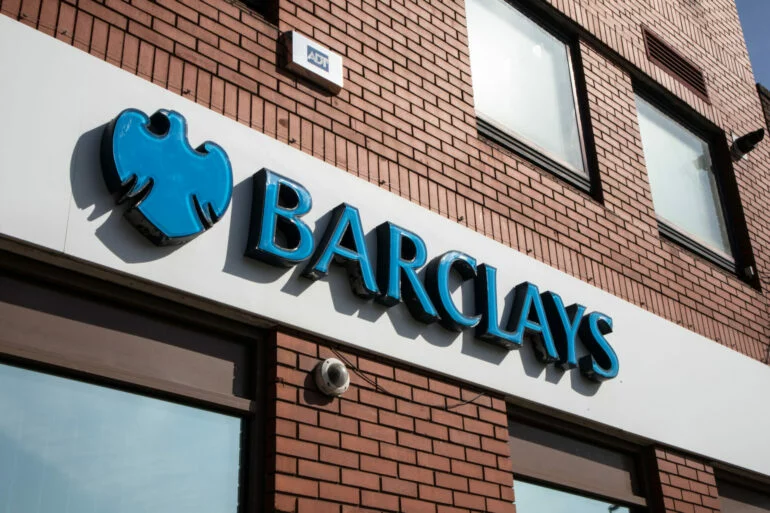Barclays is reducing rates on a selection of products across its residential and buy-to-let new lending and Reward ranges, effective from tomorrow, Wednesday the 30th of August.
The lender will be reducing its 2-year fixed 60% loan-to-value (LTV) product from 6.13% to 5.98%.
Meanwhile, its 5-year fixed 60% LTV will be reduced from 5.52% to 5.37%.
Following this announcement, Newspage sought the opinions of industry professionals, asking how these cuts could impact the wider market.
Reaction
Peter Stamford, director and lead adviser at Moor Mortgages:
“Any reduction is welcome, even when it’s only 0.15% on lower LTV products.
“Keep them coming Barclays, but maybe something for the 90% loan-to-value crowd next time, too.”
Lewis Shaw, owner and mortgage expert at Shaw Financial Services:
“Whilst these aren’t huge changes, it’s another positive step in the right direction and, hopefully, Barclays dropping rates will spur others to follow suit in the near future.”
Riz Malik, founder and director at R3 Mortgages:
“What a great return from the Bank holiday weekend. Rishi is cutting the red tape to allow new homes to be built and Barclays are rolling back their rates.
“It’s a shame that while the rate reductions are going live tomorrow, it will be a few years before we see the new houses.”
Ashley Thomas, director at Magni Finance:
“It’s great to see another lender reduce their rates. I expect more to follow as they battle for market share.”
Graham Cox, founder at SelfEmployedMortgageHub.com:
“Wholesale borrowing costs are falling, and Barclays, like other lenders, are reducing mortgage rates in response.
“And with August a traditionally quiet month in the housing market, the High Street lenders are scrapping it out to maintain transaction volumes and market share.”
Amit Patel, adviser at Trinity Finance:
“Any rate cut is welcome. It’s positive to see lenders passing on the fall in the cost of funding to borrowers as quickly as they were in increasing their rates when the cost of funding increased.”



